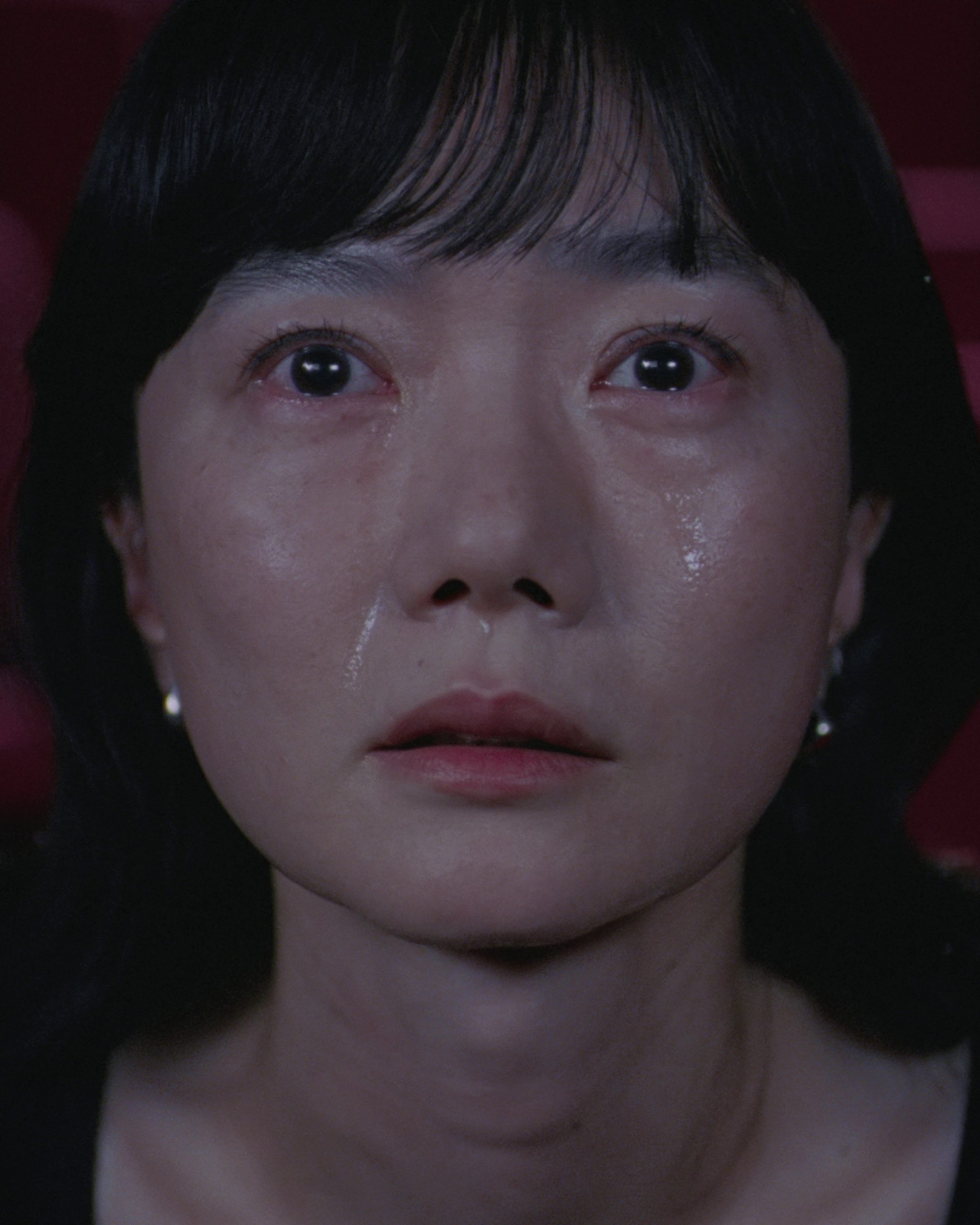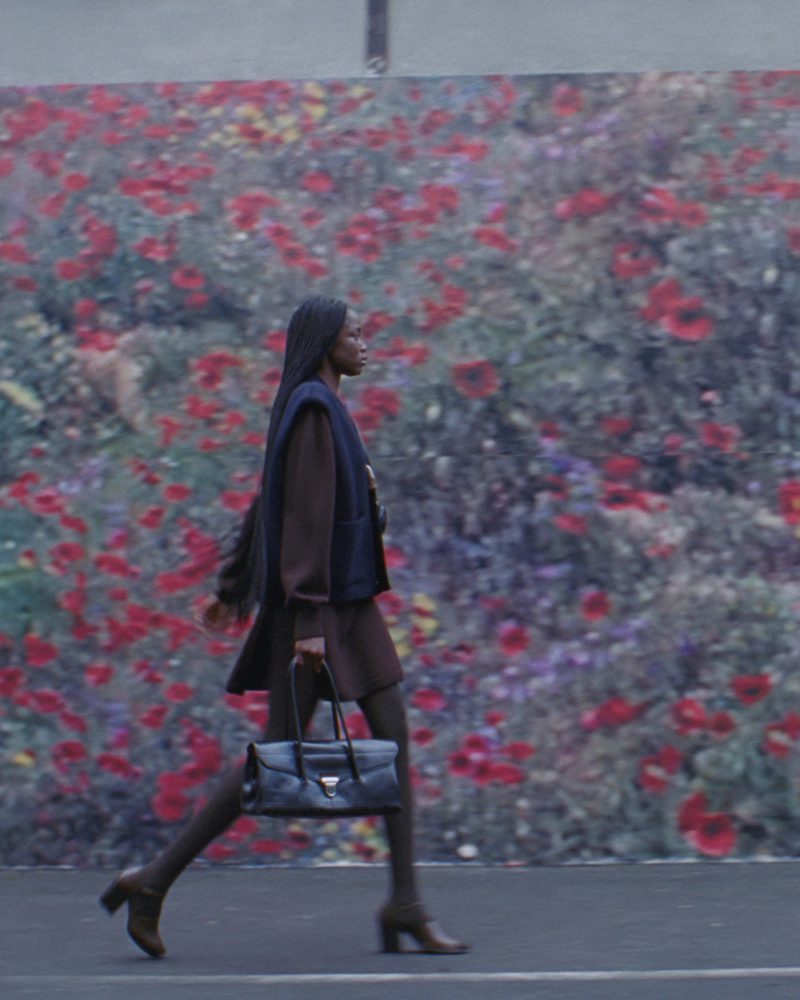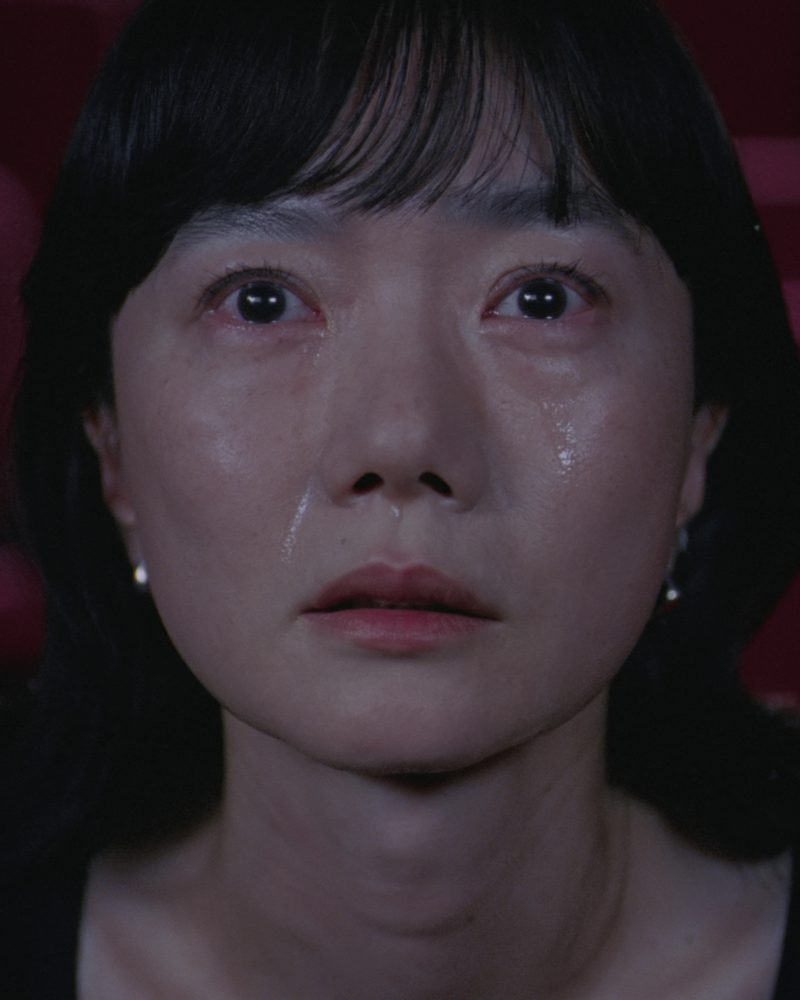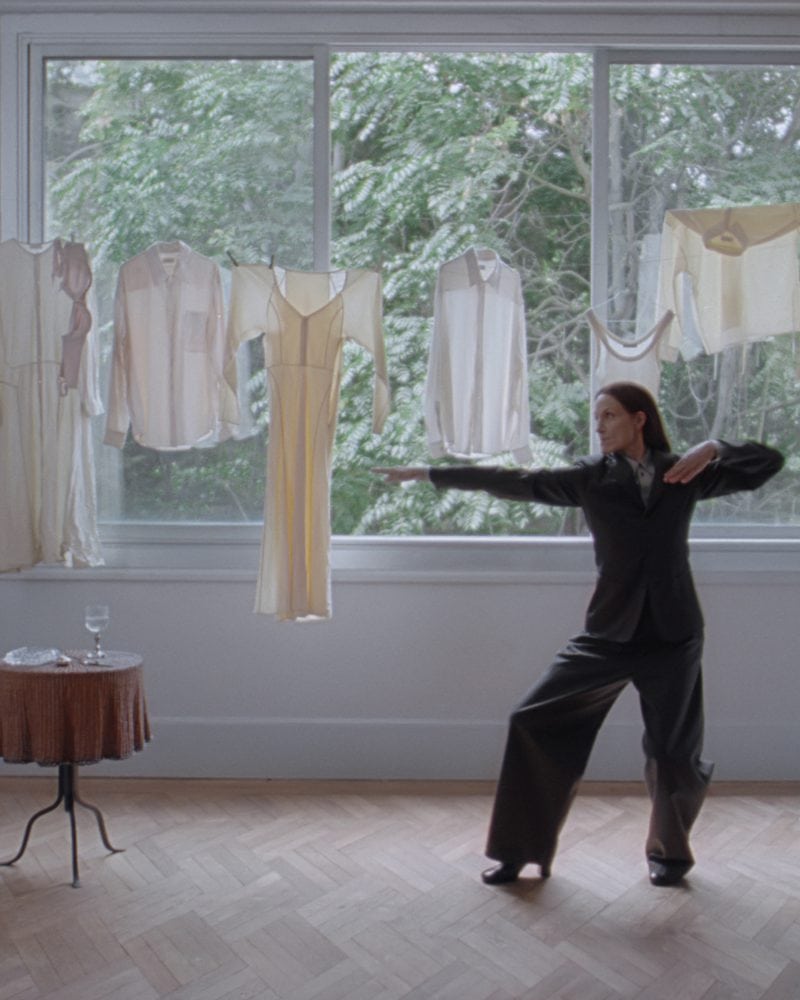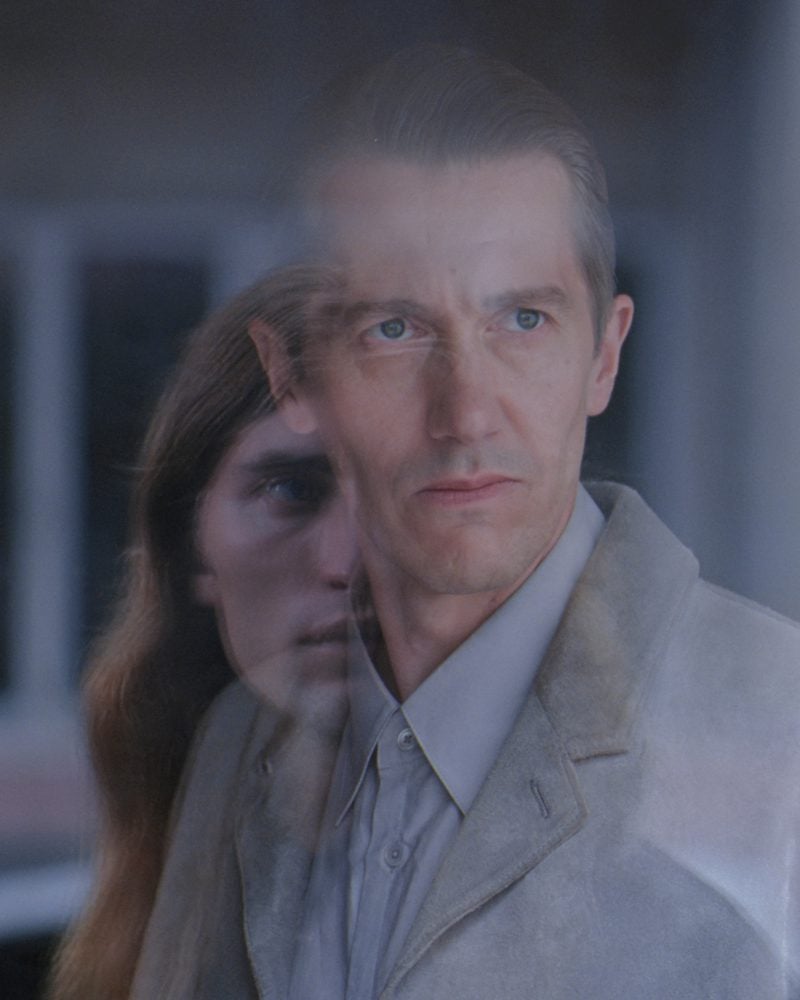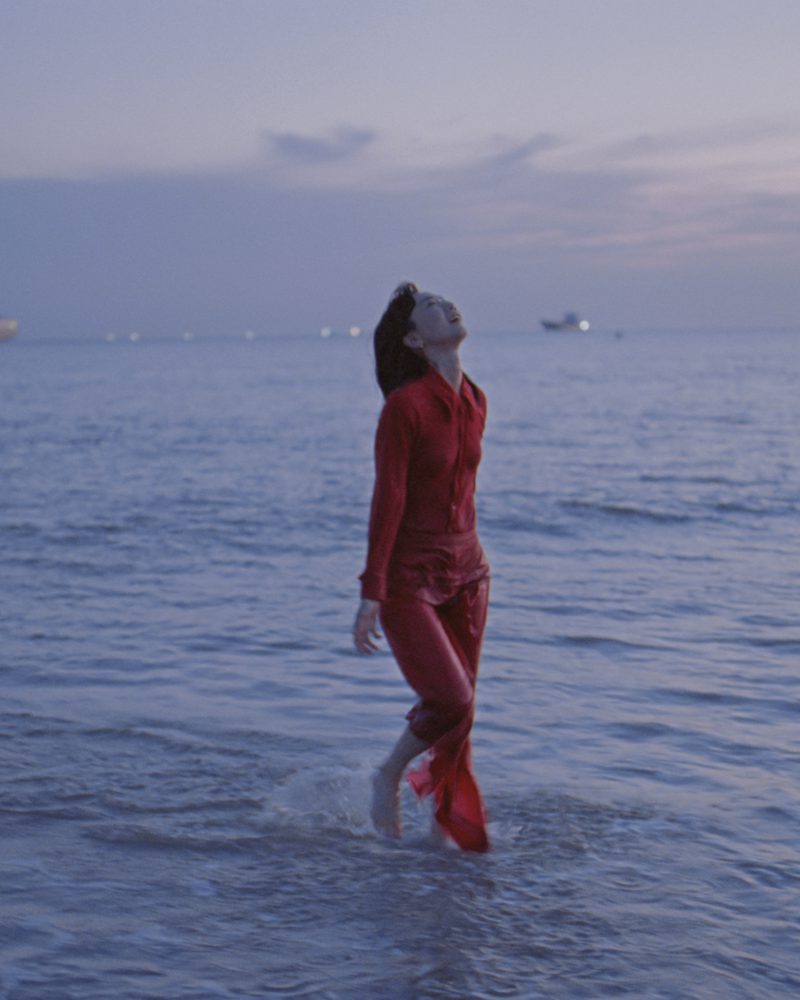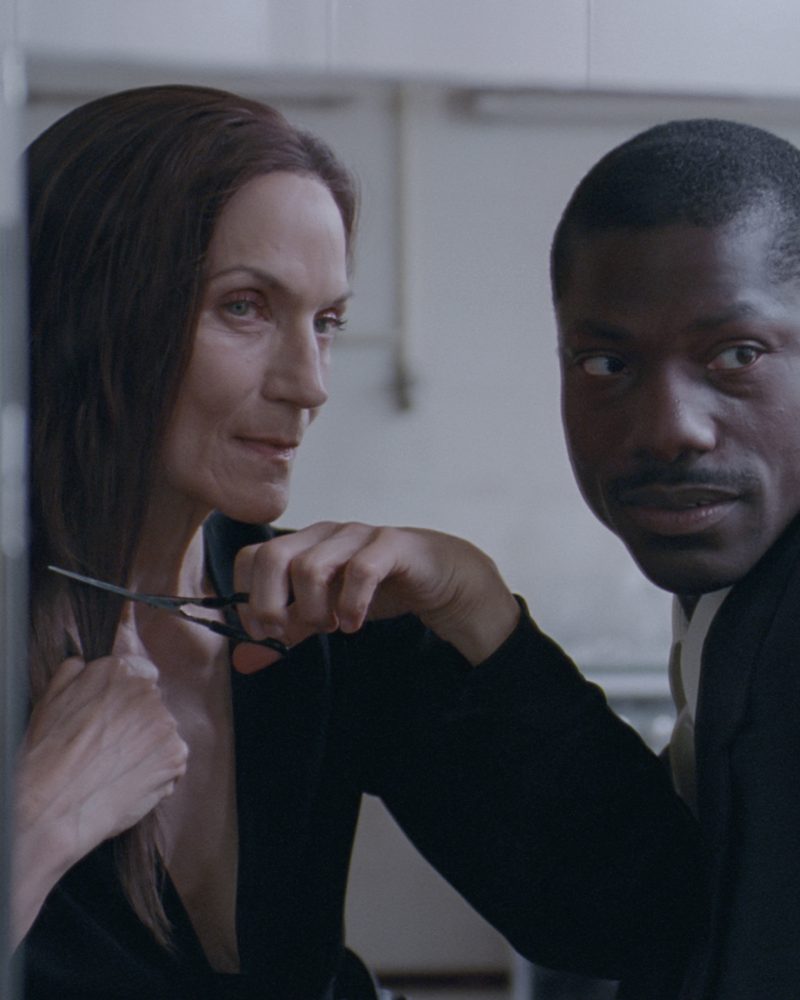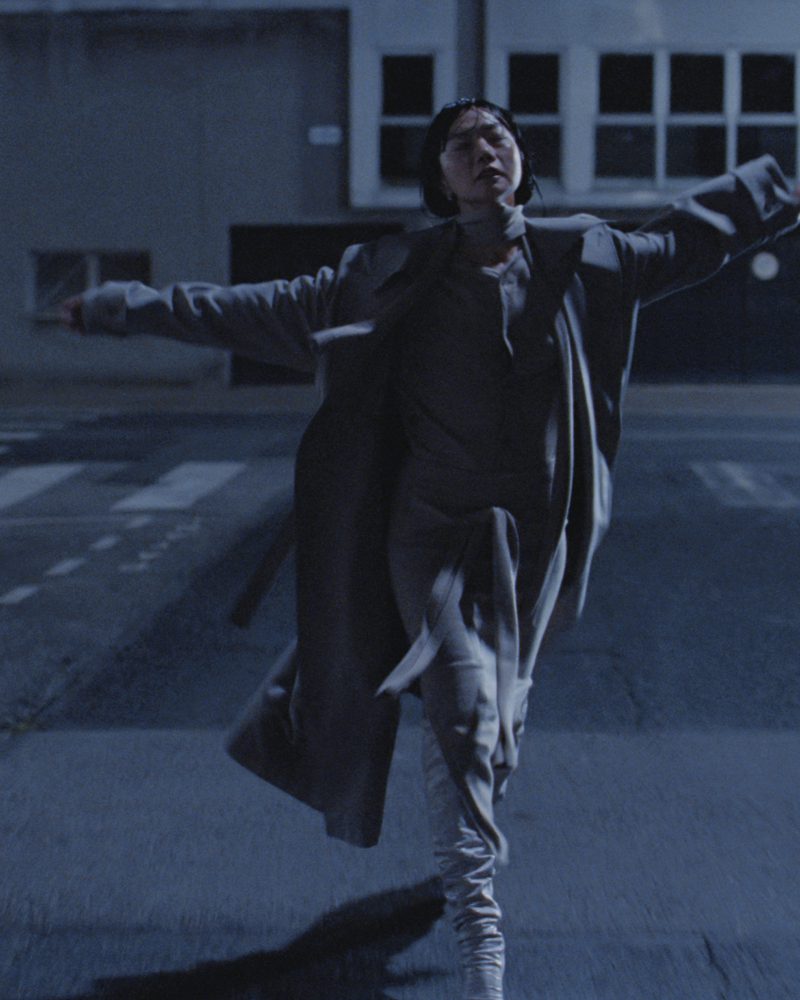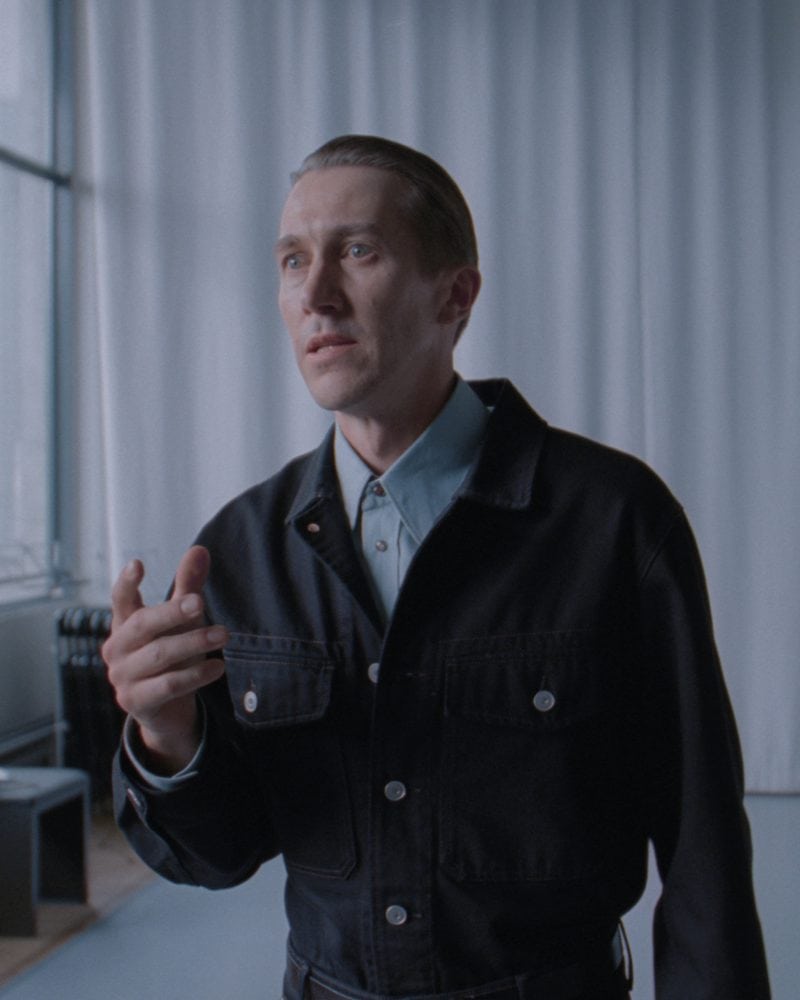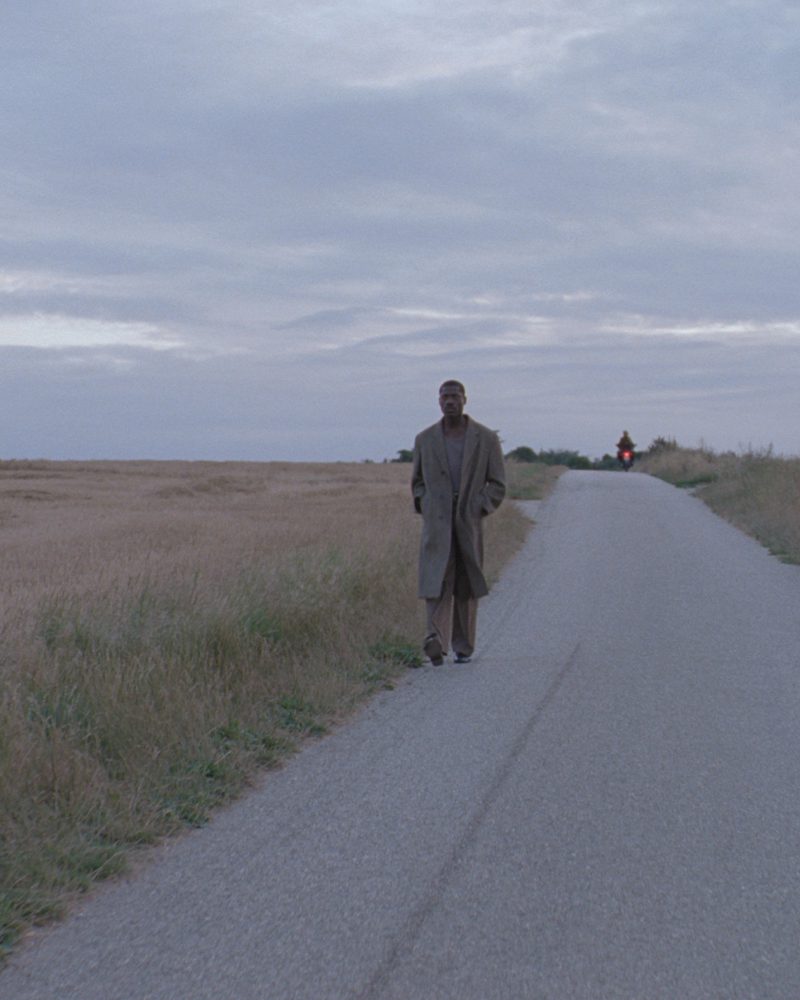With Nine Frames, Lemaire moves the Autumn/Winter 2025 collection beyond the structure of a fashion campaign and into the rhythm of a film. Composed of nine short vignettes, each lasting between thirty seconds and just over a minute, the project observes the relationship between body, garment and time with the calm precision of someone who doesn’t need to explain. Each episode takes its name from a face or a place — Turn Red, Le Havre, Doona, Studio 6, Mamé and Barbara, Vatanen, Julie Anne, D161, and Cut — forming self-contained sequences without plot or dialogue, where everything happens in the space between one movement and the next.
Shot on 35mm film by Lucca Lutzky, with creative direction by Sarah-Linh Tran and Christophe Lemaire, the work steps away from the polished digital aesthetic to restore the tangible weight of things. Light has volume, grain draws the edges of fabric, and the sound design by Senjan Jansen lets footsteps, rustles and breathing occupy the frame. It’s a measured visual language that translates Lemaire’s codes into image — discipline, warmth, discretion.
The cast brings together personalities from different backgrounds, each chosen for a natural, unforced presence: Doona Bae, the South Korean actress who moves fluidly across genres; Julie Anne Stanzak, a long-time member of Tanztheater Wuppertal; Erwan Kepoa Falé, Jussi Vatanen, Mamé Binta Sané, and Viktoria Miroshnichenko. In each fragment, clothing is not decoration but condition: it shapes rhythm, directs breath, absorbs light.
Nine Frames extends beyond the screen. The project unfolds into a series of window installations and a printed book that translate the same sensitivity to time and material onto paper. Lemaire builds a visual grammar that moves across media — image, space, and print — to express a single idea: that fashion can be looked at the way one looks at a face or a gesture, without acceleration.
Formally, the film works through subtraction. Long takes and stretched durations allow the eye to register the texture of fabrics, the way light slides over surfaces, the weight of clothing in motion. It’s a cinema of perception, closer to dance than to advertising. Instead of telling, Nine Frames listens — redefining the temporality of fashion imagery, shifting it from consumption to attention.
The photography by Tobias Blickle and styling by Leopold Duchemin follow the same principle: soft lines, earthy tones, materials that seem to carry their own temperature. Everything is reduced to the essential, yet nothing is neutral. The garments feel as if they belong to the people wearing them rather than the brand itself, as if Lemaire had stepped back to let reality speak.
Behind its composure lies a wider reflection on the visual language of our time. In a landscape saturated with fast and overstimulating images, Lemaire chooses not to produce excitement, but space. Nine Frames invites the viewer to slow down, to rebuild meaning in the rhythm of details. It’s a discreet yet political gesture: to give time back to the gaze.
More than a campaign, Nine Frames is an exercise in attention. It doesn’t teach or explain; it lets things unfold. Its strength lies in tone — controlled, gentle, precise. Fashion, here, is not representation but lived experience, captured in nine fragments of time.
